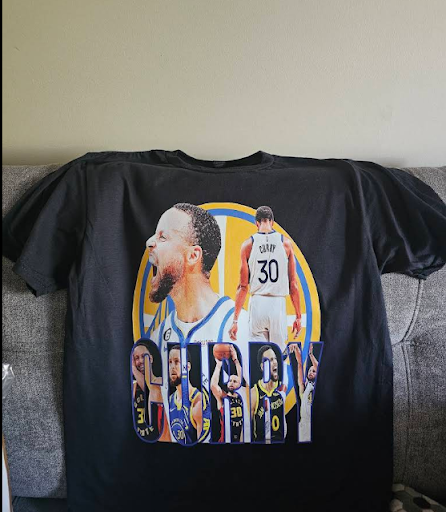You know what’s exhausting? Trying to run a small custom apparel business when every printing method seems designed for massive operations with unlimited budgets. Been there. It’s like the whole industry forgot that not everyone’s printing 10,000 shirts at a time.
But here’s something that actually changed the game for a lot of us—Direct to Film Transfers. And no, before you roll your eyes, this isn’t another “revolutionary” technique that promises everything and delivers mediocre results. This one’s different. Real different.
So What’s the Deal with DTF Anyway?
Look, I’m not gonna bore you with a science lecture. Basically, you print your design on a special film, dust it with adhesive powder, cure it, and then press it onto whatever fabric you want. Simple as that.
Why does this matter? Because traditional methods are kind of a pain. Screen printing wants you to order huge batches—great if you’re Walmart, not so much if you’re Sarah trying to launch a t-shirt line from her garage. And don’t even get me started on direct-to-garment printers. Those things are pickier than my cat about what fabrics they’ll work with.
The Stuff That Actually Matters
First off—minimums. There aren’t any. Seriously. Need one shirt? Print one shirt. Customer wants twelve? Cool, print twelve. No awkward conversations about “well, our minimum is 24 pieces” while watching potential sales walk away.
The money part’s pretty straightforward too. You’re not dropping five grand on screens or dealing with setup fees that eat your profit margin alive. Film transfer printing lets you price competitively even on small runs. That’s huge when you’re competing against established shops.
And versatility? Man, this is where DTF really shines. Cotton, polyester, those weird synthetic blends, canvas bags, whatever. Dark shirts get the same pop as light ones—none of that “sorry, we can’t do white ink on black” nonsense. Your designs come out vibrant, detailed, and they actually stay that way through washing.
Speaking of washing—these prints hold up. We’re talking 40, 50+ washes without looking beat up. Your customers won’t be back in two months saying the design’s cracking off.
Getting Into It Without Going Broke
Here’s where most people panic. “What’s this gonna cost me?”
Honestly? Less than you think.
Start small. Tons of businesses just buy pre-printed transfers and press them themselves. You need a heat press—might already have one—and that’s it. You’re operational. We’re talking maybe a few hundred bucks if you’re starting from scratch.
Wanna go bigger? A full DTF setup—printer, shaker, press, the works—still costs way less than those fancy DTG machines. And maintenance? Way simpler. No dealing with clogged print heads when you’ve got orders due yesterday.
The learning curve’s not bad either. Couple YouTube videos, maybe mess up a transfer or two while you figure out temperature and pressure, and you’re good. It’s not rocket surgery.
Finding Someone Who Actually Helps
This part’s important. Not every supplier gives a damn once they’ve got your money.
You want a partner who understands small business reality—tight margins, weird order sizes, customers who change their minds constantly. If you’re up in Canada, linking up with a premium dtf gang sheets supplier Canada can seriously streamline things. Gang sheets let you cram multiple designs onto one sheet. Less waste, better efficiency, more profit in your pocket.
Good suppliers don’t just take orders. They help with sizing questions, color matching, and actually pick up their phone. Revolutionary, right?
Real Talk—Is This For You?
Let me be straight with you. DTF isn’t magic. It won’t run your business for you or automatically bring in customers.
But if you’re doing custom work where every order’s different? Where you can’t predict if someone wants two hoodies or twenty? Where margins matter because you’re not some huge operation? Yeah, this could be exactly what you need.
It’s perfect for:
- Launching new designs without betting the farm
- Handling those annoying small orders other shops turn away
- Keeping overhead low while quality stays high
- Actually sleeping at night instead of worrying about massive equipment investments
Bottom Line
Look, the custom printing world’s been dominated by methods that favor big players with deep pockets. Direct to Film Transfers leveled that playing field. Not completely—nothing’s completely fair—but enough that small operations can compete.
You get quality that makes customers happy. Flexibility that lets you say yes to more orders. Costs that don’t require a business loan.
Is every single thing perfect? Nah. But show me a printing method that is.
The question isn’t whether DTF’s flawless. It’s whether it solves your specific problems better than what you’re doing now. For a lot of small businesses grinding it out every day? The answer’s been pretty clear.
Worth looking into, at least. What’ve you got to lose besides another sleepless night worrying about minimum orders?

